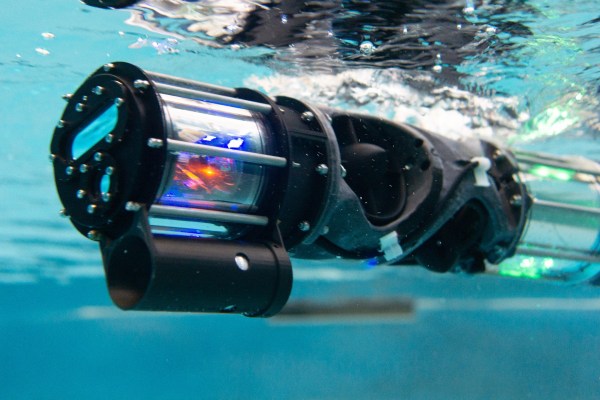Intel drops support for DirectX 9, but it may be a good thing
Intel has officially moved away from supporting DirectX 9 on its integrated Xe and discrete Arc GPUs. Is this going to be a problem for gamers?

Digital Trends may earn a commission when you buy through links on our site. Why trust us?
Intel has now officially dropped native hardware support for DirectX 9, and this applies to both integrated Xe graphics on Alder Lake CPUs and discrete Arc Alchemist GPUs.
This doesn’t mean that Intel won’t offer access to DX9. Instead, DirectX 9 will be supported through DirectX 12 via emulation. Will that be sufficient for gamers?

First spotted by SquashBionic on Twitter, this change was quietly announced by Intel on its product support page. It appears that the integrated graphics cards on 12th-generation processors, as well as Intel’s discrete GPU solutions (Arc Alchemist), both no longer support DirectX 9 natively. Instead of dealing with that support on its own, Intel delegated the task to Microsoft, which will redirect DX9 support to DX12 instead.
This will be done through emulation using an open-source conversion layer that Microsoft itself has prepared, known as “D3D9On12.” The way it works is that it sends 3D DirectX 9 graphics commands straight to D3D9On12, which then converts these D9 calls into DirectX 12 commands. It kind of replaces the GPU driver here, which would usually handle DirectX 9 calls, and acts as a bridge between the two technologies.
The response to this change has been a bit of a mixed bag, but the change in itself should not be surprising. We’ve already known that Intel Arc GPUs heavily favor DirectX 12, with performance being halved when DirectX 11 is in use. Seeing as DirectX 9 is even older, having launched twenty years ago, it should hardly be a priority for Intel going forward.
Microsoft also seems quite optimistic about the emulation tech in general, claiming that it has become a decent implementation of DirectX 9. While the performance may not be quite as good as natively supporting DX9, it should be close. In some cases, the performance might even be equal to native DX9. However, one side effect of using this emulation process might be an increase in CPU usage.
 Intel
IntelIn a way, this means that Intel has completely handed over the handling of DirectX 9 to Microsoft. It even says as much on its support page: “Since DirectX is property of and is sustained by Microsoft, troubleshooting of DX9 apps and games issues require promoting any findings to Microsoft Support so they can include the proper fixes in their next update of the operating system and the DirectX APIs.”
All in all, this change should turn out to be fairly low impact. Most games that are popular these days include support for DirectX 11 or newer, meaning that no conversion will have to take place for Intel GPUs to support them. The older titles that rely solely on DX9 will have to go through Microsoft’s emulation process. On the other hand, if you own an older integrated GPU from Intel (pre-Xe), you will retain DX9 support without emulation.
Let’s hope that outsourcing DX9 matters to Microsoft will free up more room for Intel to work on its DX11 optimization before the global launch of Intel Arc Alchemist.

 JimMin
JimMin 































.jpg&h=630&w=1200&q=100&v=154b70b92d&c=1)
